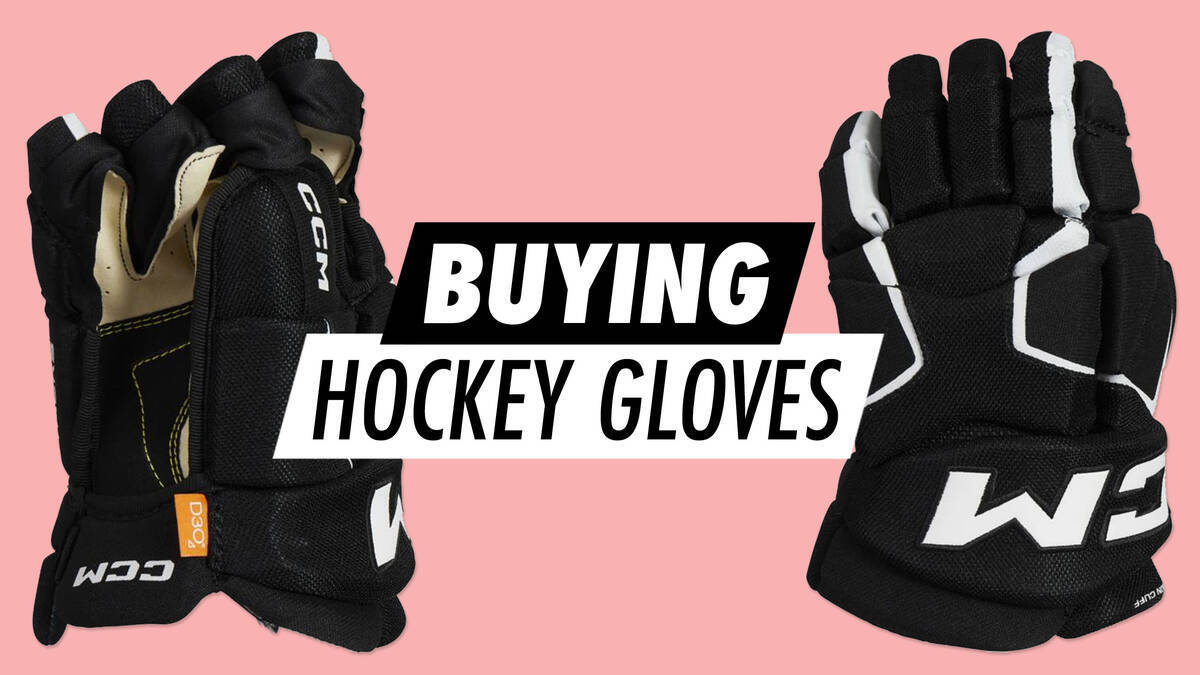Buying Hockey Gloves

This guide provides assistance in selecting the appropriate hockey gloves.
Hockey gloves are designed to safeguard your hand and wrist, while still ensuring flexibility and comfort.
Materials used can be synthetic or leather, with the latter being more costly, and they are sometimes fortified with Kevlar or nylon in the areas that encounter the most wear.
Hockey Glove Sizing
Determine your glove size by measuring the distance from the bottom of your elbow pad to the tip of your fingers, whilst wearing elbow guards.
Sizes are indicated in inches and may differ among brands. This table offers a general guide based on your measurements and height:
| Model | Measurement | Height (approx.) | Size |
| Child | 20 cm | 8" | |
| Child | 23 cm | < 120 cm | 9" |
| Child | 25 cm | 110 - 120 cm | 10" |
| Junior | 28 cm | 120 - 130 cm | 11" |
| Junior | 30 cm | 130 - 140 cm | 12" |
| Junior | 33 cm | 140 - 160 cm | * 13" |
| Senior | 36 cm | 160 - 180 cm | * 14" |
| Senior | 38 cm | > 180 cm | * 15" |
* Finger lengths remain consistent for sizes 13", 14", and 15".
Note: Gloves can be slightly larger if they still provide complete protection for your hands and wrists.
Quality of Hockey Gloves
Basic standards for hockey gloves include multiple joints for each finger and a cuff for wrist protection.
High-quality gloves are anatomically designed to naturally fit the hand's position during play right out of the box.
Enhancing durability, reinforcement in areas of frequent wear (such as the palm and thumb) is advised.
Explore our assortment of Roller hockey gloves and Ice hockey gloves
